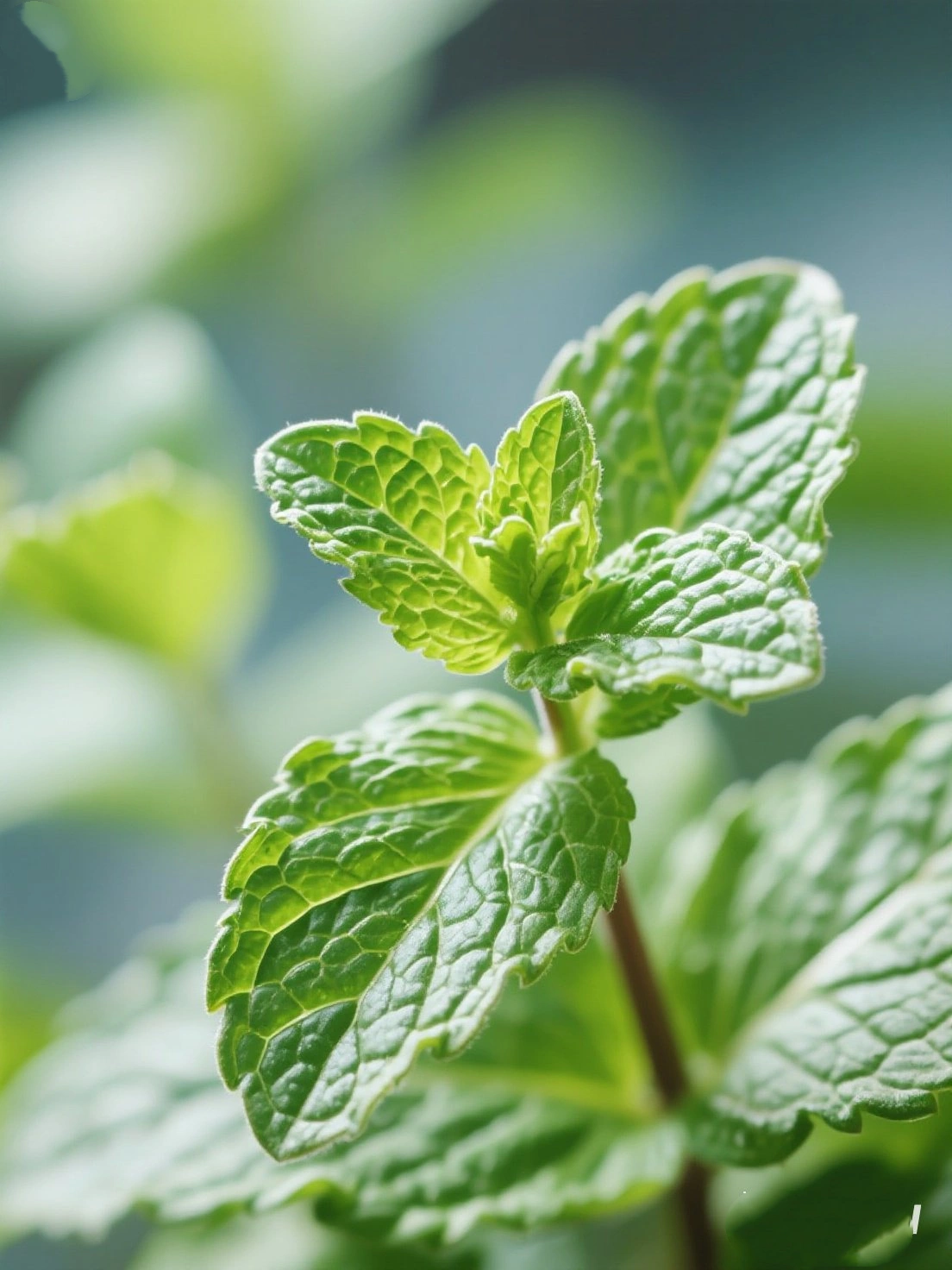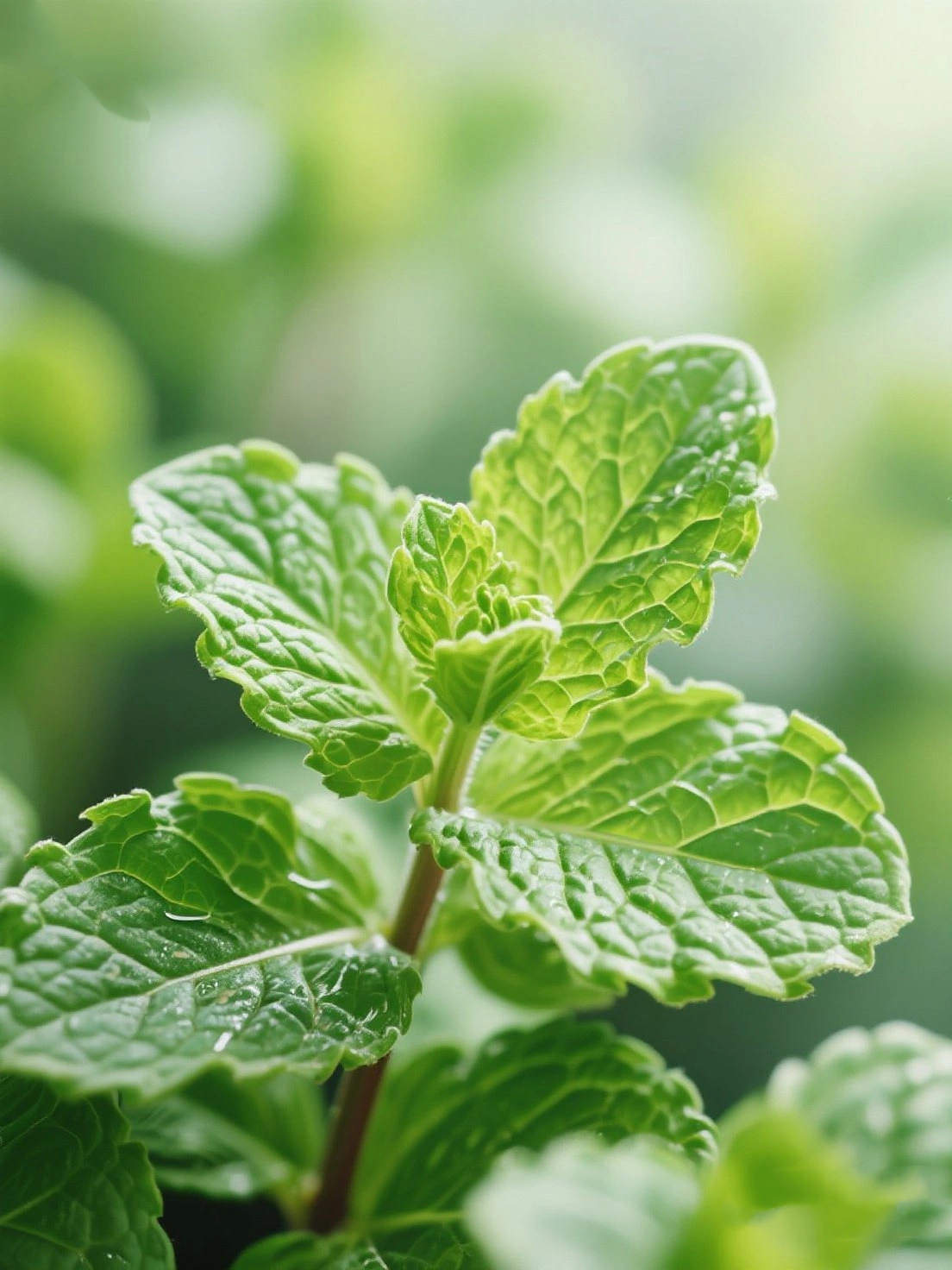Mint (Mentha) has been cultivated for thousands of years, with evidence of its use dating back to ancient Egypt, Greece, and Rome. In Traditional Chinese Medicine, mint (薄荷, bò he) has been used since at least the Han Dynasty (206 BC–220 AD) for its cooling properties and ability to clear heat, soothe the liver, and improve vision.
There are over two dozen species of mint, with peppermint (Mentha × piperita) and spearmint (Mentha spicata) being the most common. The characteristic cooling sensation comes from menthol, which constitutes 35-45% of peppermint essential oil. Mint was traditionally used to treat digestive issues, respiratory conditions, and skin irritations.
Today, the United States is the world's largest producer of mint, followed by India and China. Mint remains one of the most popular herbs globally, valued for its culinary, medicinal, and aromatic properties.






